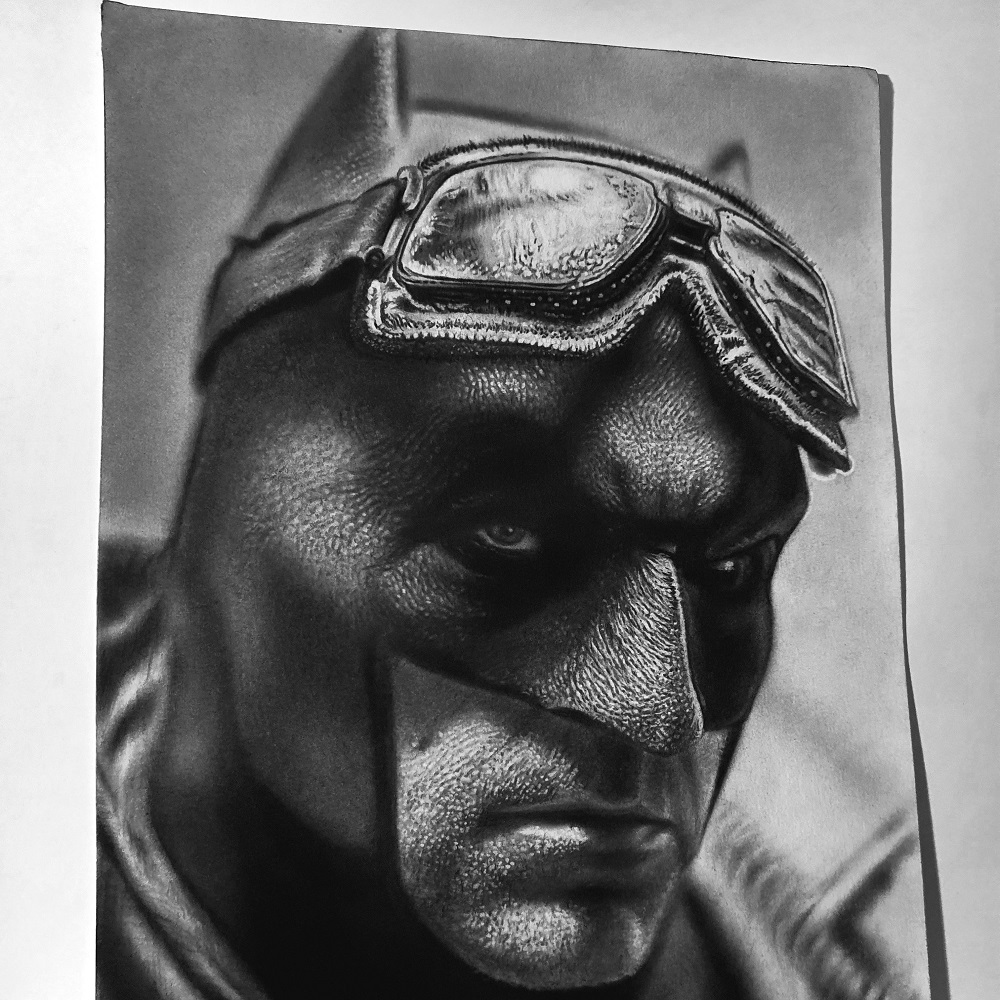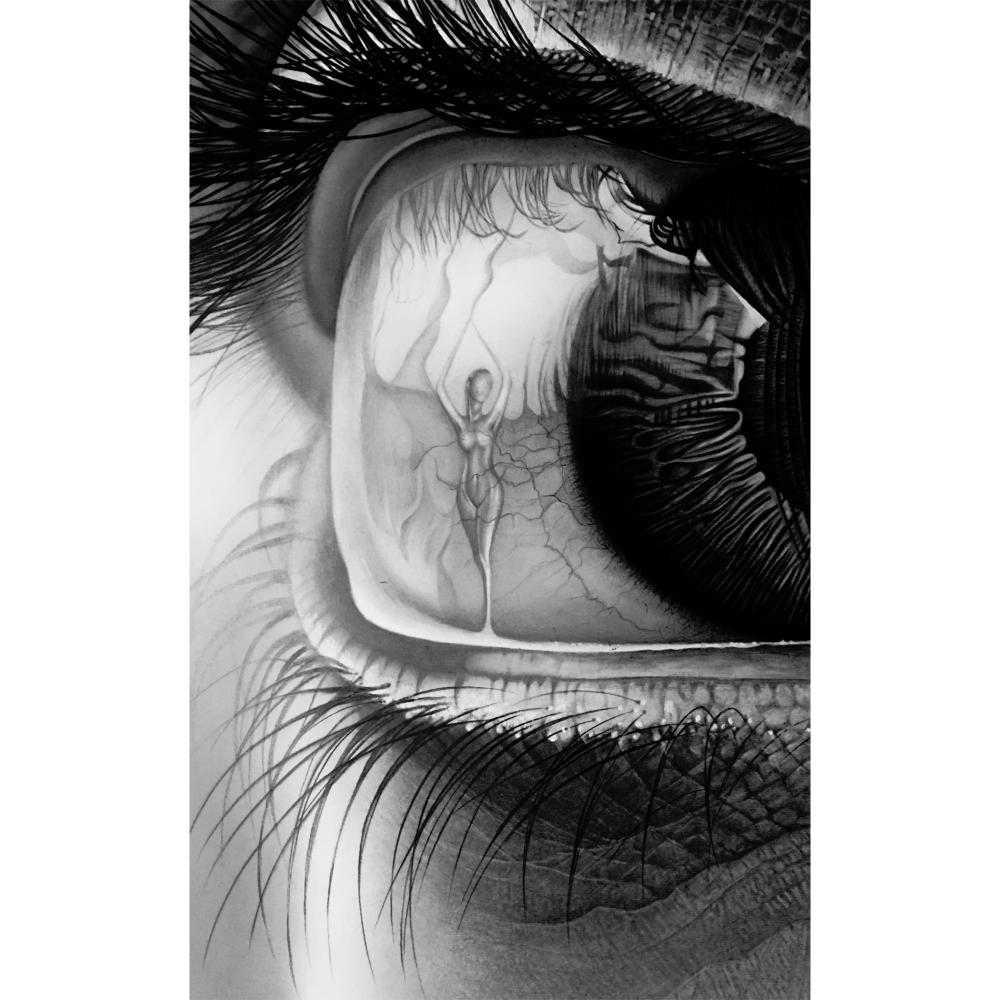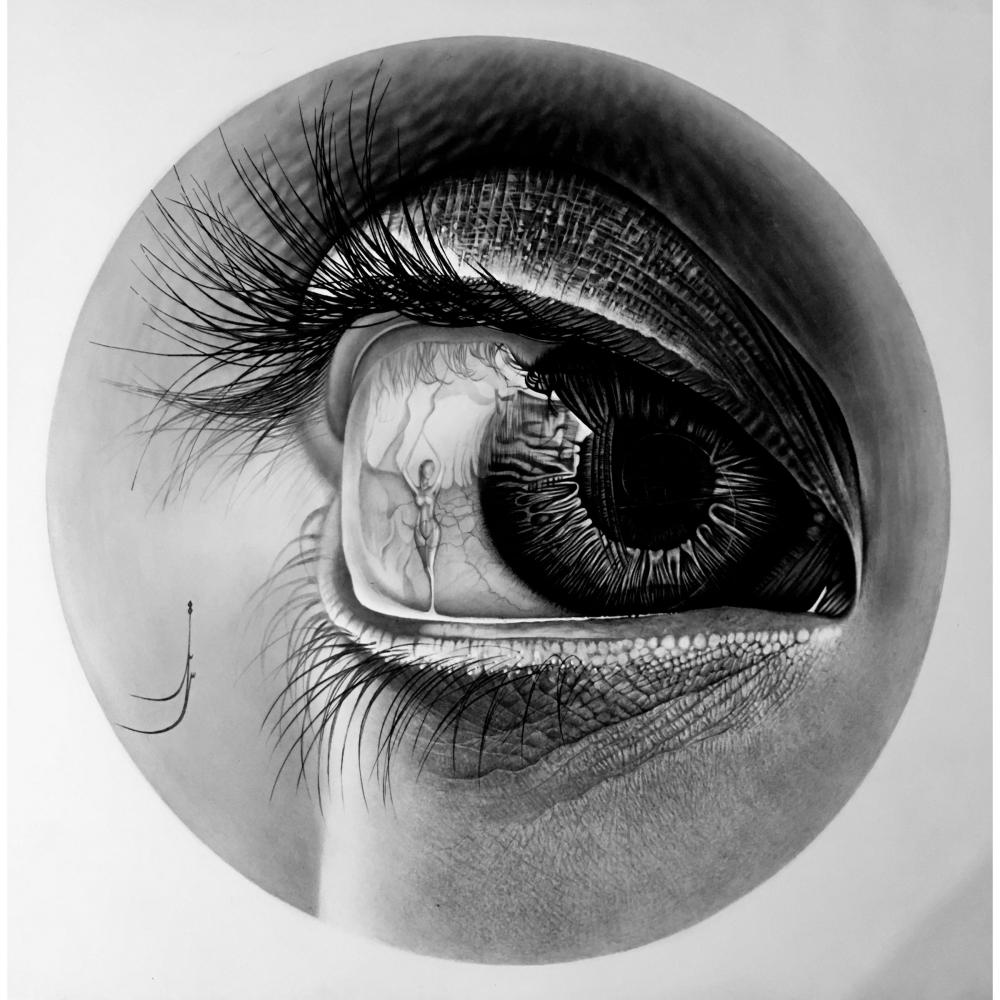Capturing realism in art can be a meticulous and rewarding process, especially when working with charcoal. Charcoal allows for rich blacks and a range of tones that can bring drawings to life. Hyper realistic charcoal drawing require a nuanced touch, a deep understanding of light and shadow, and a mastery of the medium’s expressive potential. This article will explore techniques that can help artists at all levels achieve stunningly realistic results in their charcoal artwork.
Setting the Foundation: Materials and Preparation
Choosing Quality Charcoal and Paper
Begin with selecting high-quality materials. For charcoal, consider the type—vine, compressed, or pencil—and the range of hardness. Vine charcoal is softer and easier to erase but may smudge more, while compressed charcoal is darker and harder to remove. Charcoal pencils are ideal for fine details. Pair these with heavyweight, toothy paper that can hold the charcoal without smudging excessively.
Preparing the Work Surface and Tools
A clean, flat work surface is vital for charcoal drawing. Cover your space to protect it from charcoal dust, and have a kneaded eraser, blending stumps, and fixative spray at hand. Prioritize good lighting to see the full range of values in your drawing accurately.

Mapping the Image: Initial Sketch and Value Planning
Creating a Grid for Accurate Proportions
Start by lightly sketching a grid on your paper to serve as a guideline for proportions. If working from a reference photo, apply a corresponding grid to ensure accuracy. This helps translate the image onto paper more precisely and maintains the correct scale.
Identifying and Blocking in Values
Block in the primary values of your subject lightly, distinguishing the lightest lights and darkest darks early on. Understanding the value range in your drawing acts as a blueprint for realistic rendering. Pay attention to midtones, which will help create the illusion of depth and form.
Building Depth: Shading Techniques
Mastering the Art of Blending
Blending is critical in creating a hyper-realistic look. Use paper stumps or even your fingers to soften and merge tones, carefully controlling the pressure to avoid a flat or muddy appearance. Spot-clean edges with a kneaded eraser to maintain crisp lines where necessary.
Layering Charcoal for Richness and Volume
Hyper-realistic drawings have a depth that comes from layering. Apply charcoal in multiple passes, gradually increasing the darkness to build up the depth of shadows. This approach allows for more control and helps to avoid overworking the darker areas prematurely.

Finishing Touches: Detail and Texture
Realism Lies in the Details
After establishing the overall form and depth, shift your attention to the finer details. Use a tapered charcoal pencil to work on the subtle nuances of your drawing. Hair, skin pores, texture on fabrics, reflections, and minute shadows contribute significantly to the realistic quality of your artwork.
Adding Texture for Lifelike Results
To create texture, vary your strokes and the pressure applied. Mimic the patterns you see in your reference. Use a sharp edge of a charcoal stick or pencil for crisp lines and subtle dots and dashes. Avoid over-smoothing these areas, as texture often requires a bit of rawness to appear authentic.
Preservation and Presentation: Keeping Your Drawing Intact
Using Fixative to Protect Your Work
Once you are satisfied with your drawing, apply a proper charcoal fixative. This helps preserve the artwork from smudging and environmental damage. Always test the fixative on a separate piece before applying it to your finished drawing to ensure it doesn’t alter the values or details.
Framing and Displaying Your Artwork
When displaying your hyper-realistic charcoal drawing, choose a frame that complements the work without overpowering it. Matting can also help protect the charcoal from direct contact with glass. Consider the placement of your artwork in terms of humidity, sunlight, and temperature to ensure its longevity.

Honing Your Observational Skills: The Key to Realism
Studying Your Subject Closely
To create a hyper-realistic drawing, you must first study your subject with an intense focus on detail. Observe the subtle variations in light, shadow, and texture. Practicing this keen observation will transfer to your drawing capability, allowing you to notice and replicate the finer points that breathe life into your artwork.
Practicing Consistent Light Source
Ensure that the light in your drawing comes from a consistent direction, replicating how shadows and highlights appear in the real world. This adds to the three-dimensional illusion and makes your artwork stand out. Regular practice in sketching from life can greatly enhance your skills in maintaining a consistent light source.
Mastering the Art of Patience and Layering
Slow and Steady Layering
Building up layers slowly is one of the most crucial aspects of achieving hyper-realistic textures with charcoal. Rushing through this process can lead to oversaturated areas or an unnatural level of darkness. Apply charcoal gently and increase the intensity gradually, layer by layer, ensuring that each application enhances the form and depth of the drawing.
Patience is a Virtue in Detail Work
As you add delicate details, remember that patience is essential. Fine lines for hair, wrinkles, and other minute features can define the realism of your piece. Work in sections and take breaks when needed to ensure a steady hand and a clear eye for detail.
The Importance of Highlighting and Contrast
Utilizing Negative Space and Highlights
Do not underestimate the power of negative space and the use of highlights in your drawing. Employ a kneaded eraser or a precision eraser pen to create bright spots and define edges. The contrast between dark and light areas is pivotal for realistic renderings; it provides the necessary volume and impact that makes your drawing come alive.
Prioritizing Contrast Over Color
In charcoal drawings, contrast takes the lead over color. It’s the stark differences between the darkest darks and lightest lights that provide the visual cues of depth and space in your drawing. Adjusting the contrast can often have a more significant impact on realism than trying to perfect a particular shade or tone.
Refining Your Technique with Practice and Critique
Continuous Practice for Skill Improvement
Like with any art form, perfecting hyper-realistic charcoal drawing comes with consistent practice. Commit to regular drawing sessions, set challenges for yourself, and experiment with different textures and subjects to broaden your skill set. The more you work with charcoal, the more intuitive your understanding and manipulation of the medium become.
Seeking Constructive Feedback
Don’t hesitate to seek critiques from fellow artists or mentors who can provide fresh perspectives and insights into your work. Constructive criticism can point out areas you might have overlooked and offer new techniques or approaches to improve your realism.
Embracing the Journey: Continuous Learning and Adaptation
Growth Mindset for Artistic Development
Every artist’s journey is unique, punctuated by trials, errors, and triumphs. Embrace a growth mindset that recognizes each drawing as an opportunity to learn and improve. Stay open to adapting your techniques as you gain experience and receive feedback. The realm of hyperrealistic charcoal drawing is not static; it evolves with your willingness to innovate and incorporate new methods into your practice. Keep exploring the depth of what charcoal can offer, and let each piece reveal a greater understanding of this dynamic medium. As long as you remain committed to refining your craft, your journey in the art of hyperrealistic charcoal drawing will be as rewarding as the stunning artworks you create.
Creating hyper realistic charcoal drawing is a process that combines technical skill with keen observation. From the careful selection of materials to the intricate placement of details and textures, each step is integral to achieving life-like quality. Remember to work patiently; hyper-realism is not something that can be rushed. With time and practice, using these techniques will allow you to produce charcoal drawings that are not only realistic but also deeply expressive and impactful. Enjoy the journey, and let each creation be a testament to your dedication to the craft.